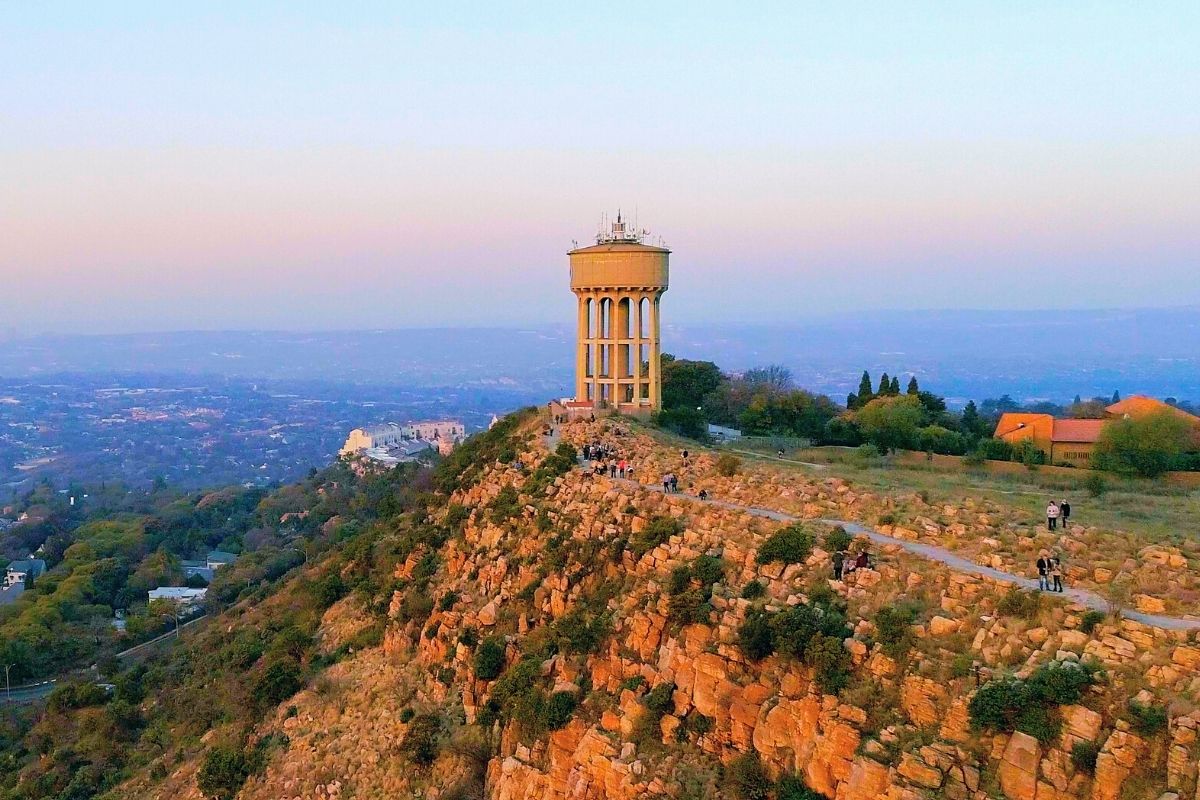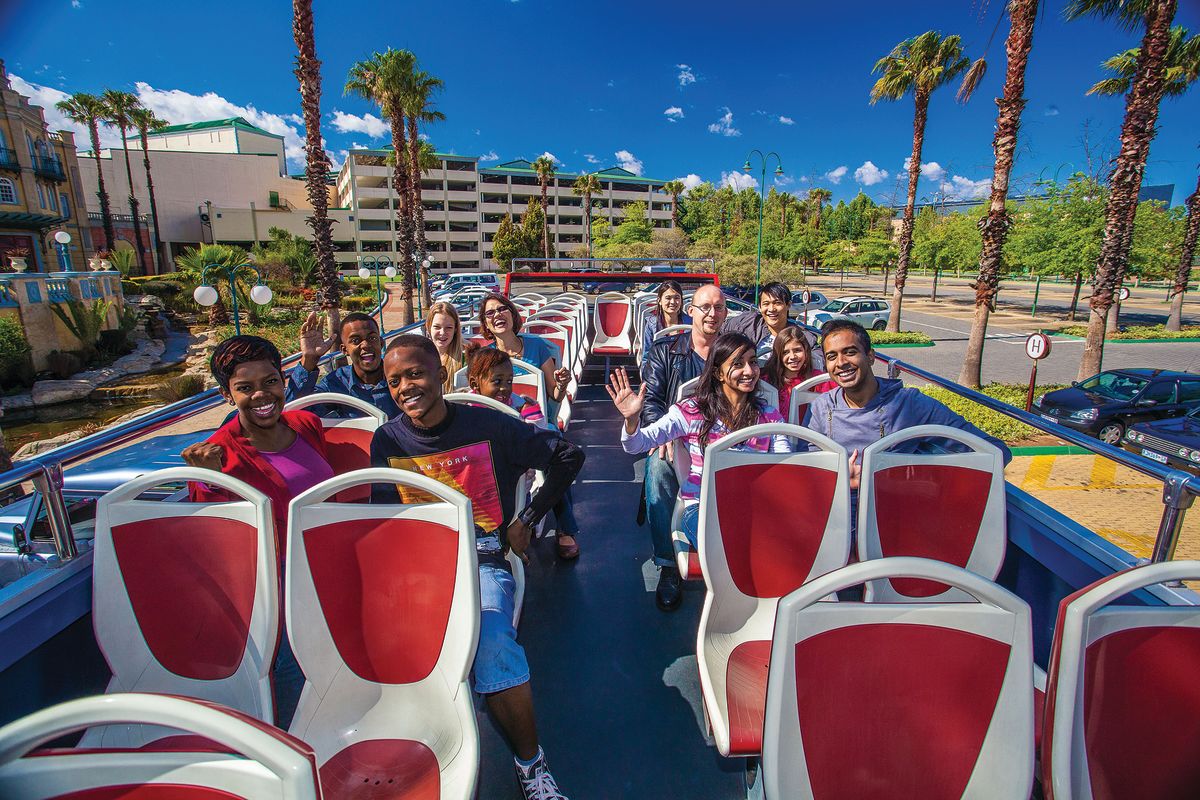Not known Factual Statements About Johannesburg North Attractions
The Only Guide to Johannesburg North Attractions
Table of ContentsExamine This Report about Johannesburg North AttractionsNot known Facts About Johannesburg North AttractionsThe Single Strategy To Use For Johannesburg North AttractionsThe Definitive Guide to Johannesburg North AttractionsJohannesburg North Attractions Things To Know Before You BuyUnknown Facts About Johannesburg North AttractionsNot known Details About Johannesburg North Attractions
However you need to maintain safety and security in mind and travelers should stay sharp in any way times when in unknown environments. Talk with the residents when you remain in community to discover out regarding the area you are staying in. Johannesburg North attractions. When on the street (this does not relate to buying malls and other secure environments) ideal basic recommendations is to try your best to resemble a neighborhood and to prevent displaying any kind of type of wealth
About Johannesburg North Attractions
Professor Revil Mason O. J. (Thomson, 1946) explored the Witwatersrand's pre-colonial background. His archaeological job blew up the 'em pty land' misconception, according to which the region was lacking human habitation before the arrival of European settlers. In his publications Prehistory of the Transvaal: A Document of Human Activity (1962) and Beginnings of Black Individuals of Johannesburg and the Southern Western Central Transvaal AD 3501880 (1986 ), Teacher Mason showed the extent of social and economic growth in the location before Europeans established foot here.

Johannesburg North Attractions - Truths
He acted with the government's permission, given after he had testified maintain his explorations trick. In 1874, small-scale mining operations were started in the Magaliesberg, where an Australian, Henry Lewis, had actually found gold deposits. In 1878, David Wardrop found gold in quartz blood vessels at Zwartkop, north of Krugersdorp. In 1881, Stephanus Minnaar found gold on the farm Kromdraai, near the Cradle of Humankind.
In March 1886, a protrusion (quickly to be called the Key Reef) was found, fairly luckily, on Gerhardus Oosthuizen's farm Langlaagte. Some say that the Lancastrian coal miner George Walker uncovered this coral reef. One more itinerant English miner, George Harrison (that had formerly functioned in Australian mines) obtained a prospecting permit in regard of Langlaagte in May 1886.
He decided to proceed in a mission for greener pastures, and disposed of his Langlaagte case for the handsome sum of 10. Alas: beneath lay the wealthiest goldfield ever before found. The exploration of this rich auriferous coral reef provoked a gold thrill that indicated completion of bucolic serenity in the southerly Transvaal.
It would, within six years, come to be the largest community in southern Africa. Within a years, it would make the Z. A. R. up until then an anarchical and bankrupt little state the most affluent nation in Africa. By the turn of the century, the Z. A. R. was to go beyond Russia, Australia and the USA of America to end up being the world's leading gold manufacturer, next producing greater than a quarter of the world's gold.
Not known Facts About Johannesburg North Attractions
It was recognized as Ferreira's Camp, named after Colonel Ignatius Ferreira. He was a Boer adventurer upon whom the British authorities had presented the status of Companion of one of the most Identified Order of St Michael and St George (entitling him to the post-nominal letters C. M. G.) in thankfulness for his role in the war that had deposed the Pedi king Sekhukhune in 1879.
2 other camps were established: Meyer's Camp on the farm Doornfontein, and Paarl Camp. The latter was nicknamed Afrikander Camp; lots of people from the Cape Swarm worked out there.

4 Easy Facts About Johannesburg North Attractions Explained
This name gained currency by word of mouth, such that the State Assistant attested the name to the Mining Commissioner on 9 October 1886. Stands in the village were auctioned on 8 December 1886. While some stands were sold for 10, others were knocked down for as low as sixpence.
2 years later on, these erven were to change hands for as high as 750 each. The tented camps decreased as a dorp of corrugated iron buildings developed and expanded north of the mines located along the Main Reef Roadway. Locations such as Jeppe's Community (where working-class immigrants erected their residences) and Doornfontein (where the wealthy brand-new 'Randlords' started to create their luxurious houses) were quickly included in the ever-expanding map of the town.
Little Known Questions About Johannesburg North Attractions.
Aside from the street names, there were no indications of Johannesburg being situated in a Dutch-speaking country. Many years later on, C. W. Kearns O. J. (one of the first children enlisted at St John's University in 1898) would recall: 'A weird truth regarding Johannesburg was that, although it was in the [Boer Republic], virtually every person spoke English and also the Government servants resolved one in English, unless they were very first resolved in the Taal (or Reduced Dutch)'.
Because of this, Britain had a rate of interest in guaranteeing optimal problems for gold production on the Witwatersrand, which the gold was exported to London rather than Berlin a crucial made even more clamant by the Z. A. R - Johannesburg North attractions.'s raising toenadering with Germany. Mine owners got on a clash with informative post Head of state look at this now Kruger, whose policy of monopolistic giving ins (frequently provided to his cronies) prevented mining business from acquiring products of products (especially dynamite) and labour by themselves, less costly terms
Our Johannesburg North Attractions Diaries
In 1890, the Volksraad had actually limited the franchise to white guys who had resided in the Z. A. R. for fourteen years or longer, thus disqualifying most of the immigrants (who happened to be the major contributors to the fiscus). Nonetheless, agitation for the vote was a mere pretext for promoting a various schedule; the majority of uitlanders regarded themselves as temporary site visitors and had no purpose of staying in the Z.